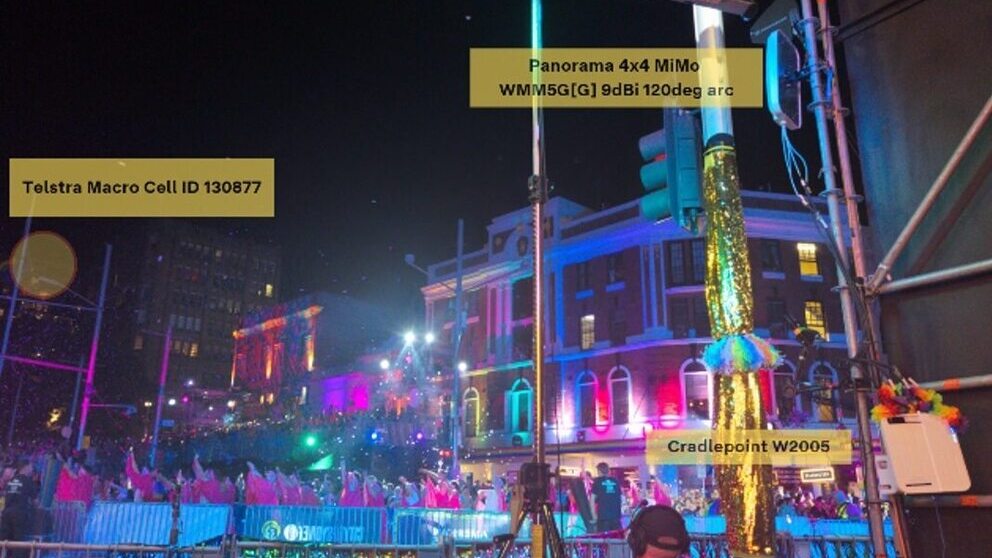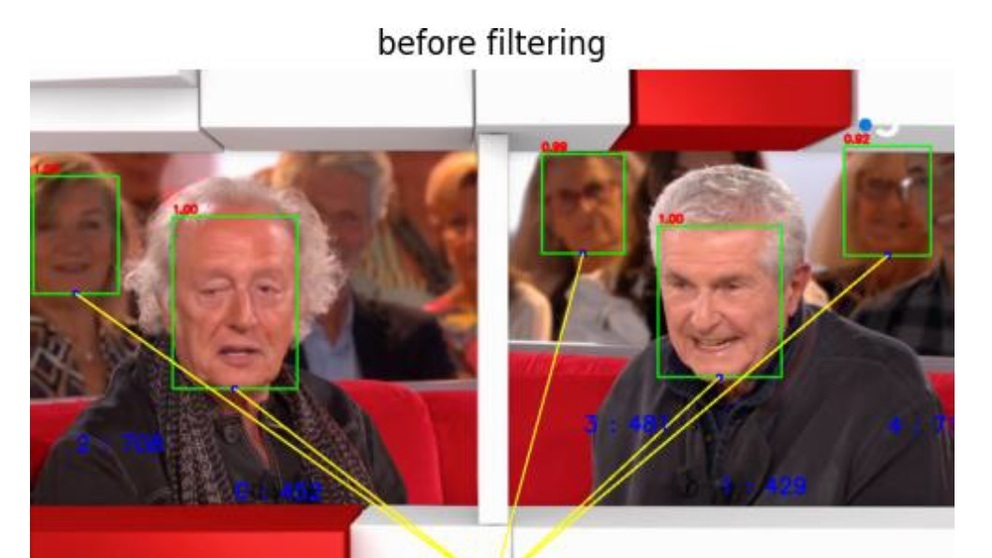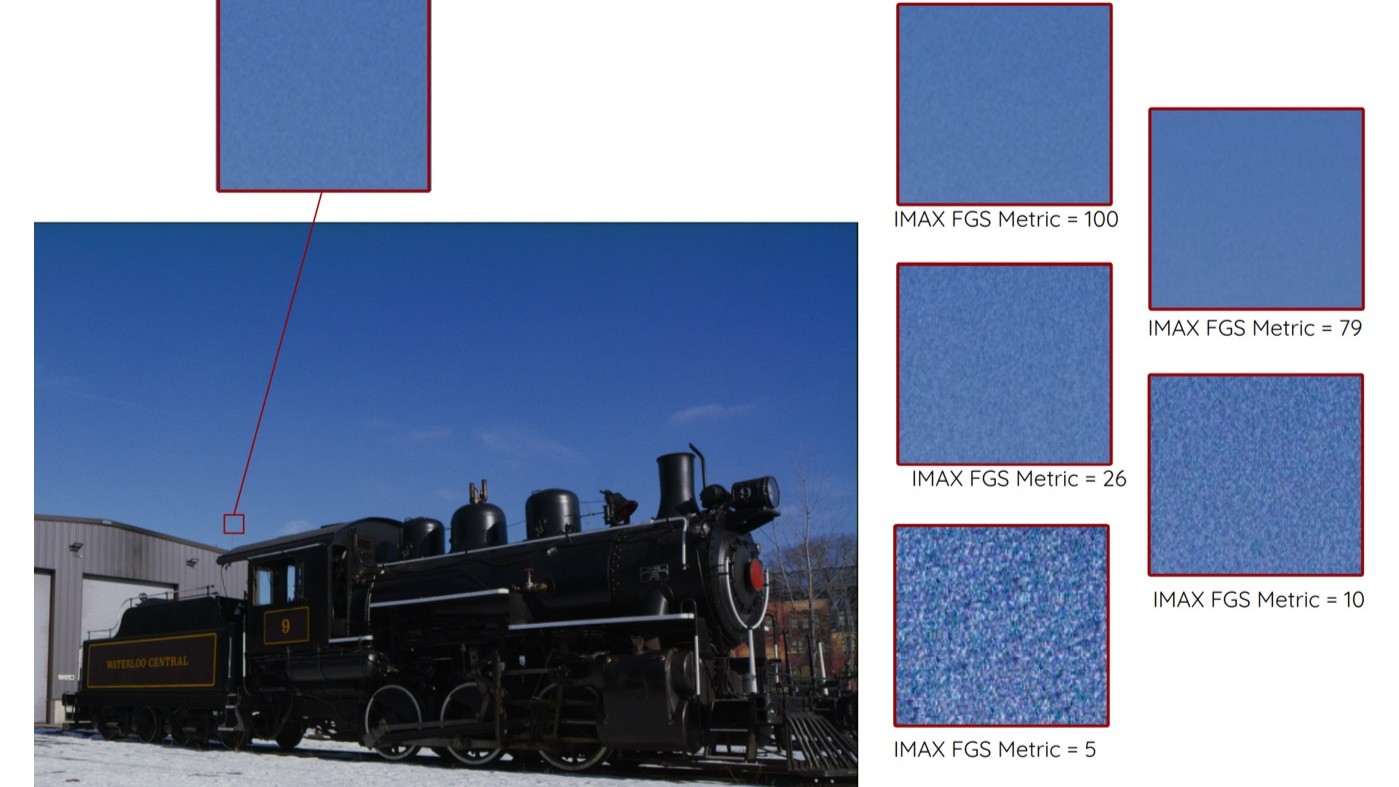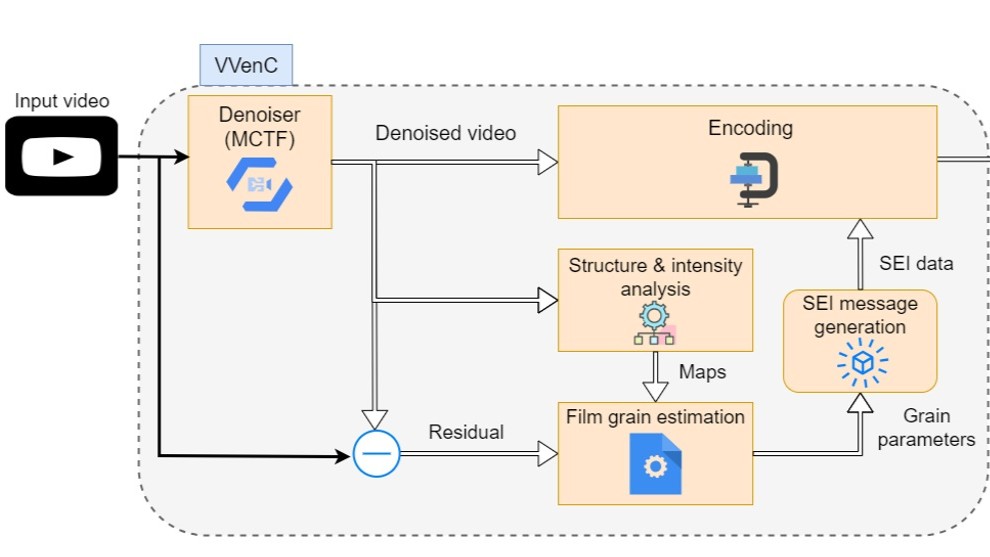This paper starts with an overview of the latest VVC adoption and deployment status including an overview and comparison of VVC profiles in major application standards. The paper provides an overview of the MC-IF VVC technical guidelines which document VVC interoperability points adopted across relevant application specifications.
VVC coding technology has been developed and maintained by the Joint Video Experts Team (JVET), a joint video expert team of the Question 6 (VCEG) of ITU-T Study Group 16 and the MPEG group of ISO/IEC JTC 1/SC 29 since 2017. VVC version 1 (ITU-T Recommendation H.266 | International Standard 23090-3 (MPEG-I Part 3)), specifying core coding technology, was finalized in 2020. Version 2 of the standard, enabling support of higher of bit-depth and bitrates, was finalized in 2023. Associated metadata signalled in supplemental enhancement information (SEI) messages were specified in VVC standard itself and in the VSEI standard (Versatile SEI messages for coded video bitstreams) (ITU-T Recommendation H.274 | ISO/IEC 23002-7).
As a core video coding standard, VVC (Versatile Video Coding) has been shown to achieve coding efficiency gains of 40-50% over previous generation codecs. It has been surrounded by a suite of enabling specifications and has now been included in major broadcast application standards. This paper outlines...
You are not signed in.
Only registered users can view this article.

IET announce Best of IBC Technical Papers
The IET have announced the publication of The best of IET and IBC 2024 from IBC2024, once again showcasing the groundbreaking research presented through the papers. The papers have been selected by IBC’s Technical Papers Committee for being novel, topical, analytical and well-written and which have the potential to make a significant impact upon the media industry. 327 papers were submitted this year, and after a rigorous selection process this publication features the ten papers deemed by the judges to be the best.

Technical Papers 2024 Session: 5G Case Studies – public network slicing trials and striving for low latency
In this session from IBC2024, Telestra Broadcast Service and the BBC present their work 5G Case Studies as part of the IBC Technical Papers.

Technical Papers 2024 Session: AI in Production – training and targeting
In this session from IBC2024, three authors from NHK, Viaccess-Orca and European Broadcasting Union present their work on the application of AI to media production as part of the IBC Technical Papers.

Technical Papers 2024: Audio & Speech – advances in production
In this session from IBC2024, two authors present their work on Audio Description and implementing Audio Definition Model as part of the IBC Technical Papers.

Technical Papers 2024 Session: Advances in Video Coding – encoder optimisations and film grain
In this session from IBC2024, IMAX, MediaKind, Fraunhofer HHI and Ericsson present their work on video coding, as part of the IBC Technical Papers





